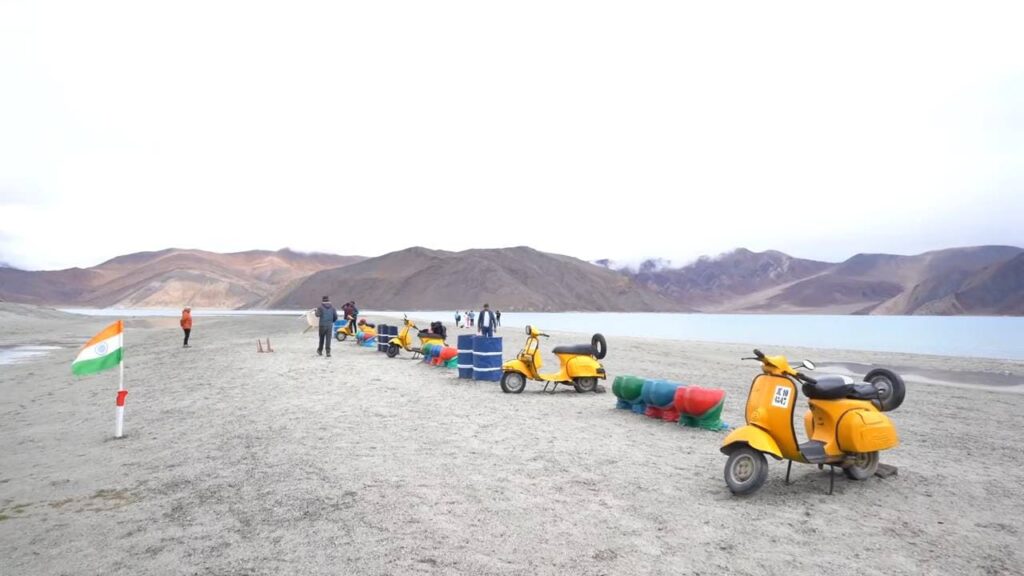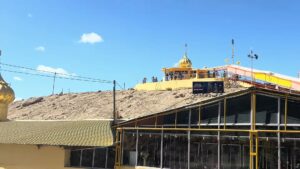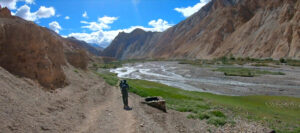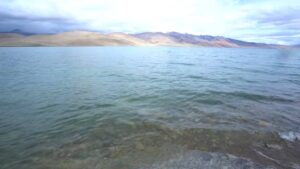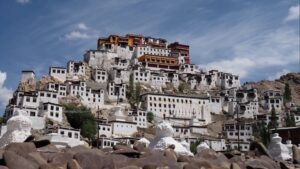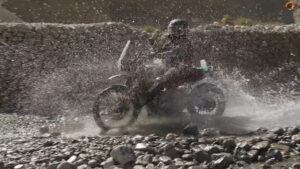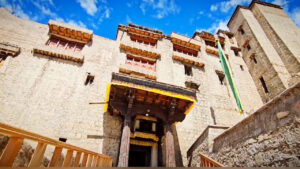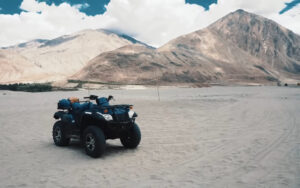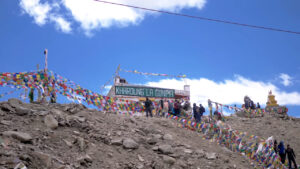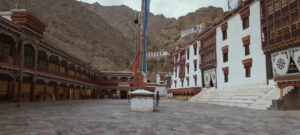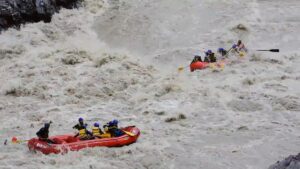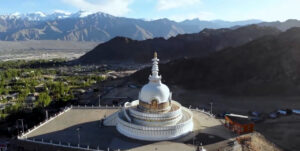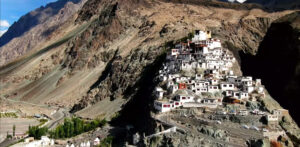Pangong Tso Lake, nestled in the trans-Himalayan region of Ladakh, is one of the most surreal high-altitude lakes in the world. With its color-shifting waters and cinematic fame from Bollywood blockbusters like 3 Idiots and Jab Tak Hai Jaan, this saltwater lake draws travelers, nature lovers, and adventure seekers from around the globe.
What Makes Pangong Tso Lake So Special?
High-Altitude Lake
Located at an altitude of 4,350 meters (14,270 ft), Pangong Tso stretches approximately 135 kilometers, with about 60% of it falling in Tibet (China) and the rest in India. It is one of the highest brackish water lakes in the world, and during winters, it completely freezes, making it ideal for ice skating and even ice polo—with official permits.
Nature’s Palette: Color-Changing Waters
The lake is globally famous for its astonishing ability to change colors. Depending on the angle of sunlight, time of day, and atmospheric conditions, its water transforms from deep blue to green to even crimson hues. This natural phenomenon leaves every visitor spellbound and is one of the main reasons it has become a bucket-list destination.
Geographic, Cultural, and Historical Significance
Strategic and Disputed Terrain
Pangong Tso lies near the Line of Actual Control (LAC) between India and China, making it geopolitically sensitive. The lake has witnessed military stand-offs, especially during the 1962 Sino-Indian war. China has also developed infrastructure along its eastern shore in recent years.
Mythology and Folklore
According to Hindu and Tibetan legends, this lake is believed to be the abode of Yaksha King Kubera, the god of wealth. It is also mentioned in ancient texts like the Ramayana and Mahabharata, adding a mystical aura to its beauty.
Location and Accessibility
- Region: Leh District, Ladakh, India
- Distance from Leh: Approx. 160 km (5–6 hours drive)
- Access: By cab, rental bike, or Ladakh tour package
- Permit Required: Yes, from Leh DC office
Dos and Don’ts While Visiting Pangong Tso
| ✅ Do This | ❌ Avoid This |
|---|---|
| Carry warm clothing and water | Throwing garbage or plastic |
| Take government-issued permits | Drinking alcohol near the lake |
| Respect local customs and signage | Driving vehicles too close to shore |
| Visit during sunrise or sunset | Swimming or drinking lake water |
Bollywood Connection
Many iconic Bollywood films have used Pangong Tso Lake’s scenic backdrop to amplify their storytelling. Films like:
- 3 Idiots (famous climax scene)
- Jab Tak Hai Jaan
- Dil Se
- Heroes
- Waqt
were filmed here, making the lake a pilgrimage spot for film lovers.
Flora, Fauna & Ecology
While aquatic life is nearly absent due to the high salinity, the lake is a crucial breeding ground for migratory birds, especially:
- Bar-headed geese
- Brahminy ducks
- Seagulls
Its minimal vegetation and stark, dry surroundings further enhance its raw beauty.
Nearby Attractions
- Hemis Monastery: One of Ladakh’s most revered monasteries, known for its spiritual energy and Tibetan library.
- Rezang La War Memorial: Site of the historic 1962 battle.
- Chushul Valley: Offers panoramic views and WWII-era bunkers.
🧭 Visit Goto Ladakh Tourism Guide for official information.
Conclusion
Pangong Tso Lake is more than just a tourist spot—it’s a living painting that changes with time, light, and season. Whether you’re seeking peace, photography, spirituality, or cinematic memories, this Himalayan wonder offers an experience that words can only begin to describe.
✨ Don’t just travel to Pangong—immerse in it.
FAQs about Pangong Tso Lake
1. What is the best time to visit Pangong Tso Lake?
May to September is ideal. Winter visits (Dec–Feb) are adventurous but require extreme preparation.
2. Why does Pangong Tso Lake change colors?
Due to varying sunlight angles, sky reflection, and mineral content, the lake changes color throughout the day.
3. Is it safe to visit Pangong Tso Lake?
Yes, but due to high altitude, visitors should acclimatize in Leh before traveling. Carry required permits and follow regulations.
4. Can foreigners visit Pangong Tso?
Yes, but they need a Protected Area Permit and must travel with a registered guide or group.
5. Can you stay overnight at Pangong Tso?
Yes. There are eco-camps and tents around the lake, but temperatures drop significantly at night.
🌄 Explore more hidden gems on Goto Ladakh Tourism Guide.

